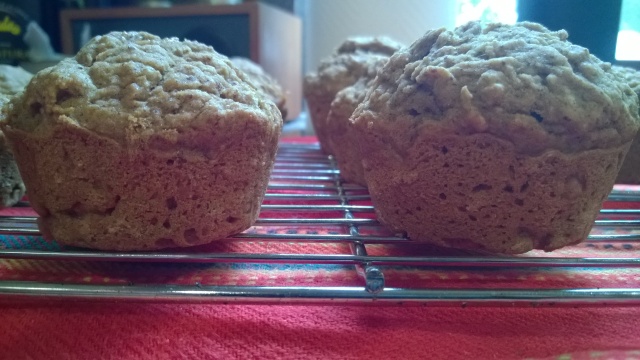Between gum disease, grinding teeth at night, and possibly brushing too hard (though that cause is up for debate), gum recession is incredibly common. It generally shows up after age 40, though it most likely started years earlier. It’s a slow, gradual process which can eventually lead to tooth loss, so it’s no small matter. Depending on how far along the recession is, a dentist may do a deep cleaning that involves cleaning below the gum line, which is different than just the normal twice a year cleaning, or suggest a mouth guard to stop grinding teeth at night. There doesn’t seem to be a modern medicine option for actually rebuilding the gum tissue and overall oral health, but luckily for us, there are natural products out there to help do just that.
Uncle Harry’s is a natural products company that was actually founded due to gum health concerns. You can read about that history here, or just check out their products that are based on Ayurvedic principals for keeping the mouth healthy and thriving. Their anise toothpaste is my personal favorite, but they have several flavors to choose from such as the more common flavor of peppermint. You dip your toothbrush right into the jar and the essential oils make sure that the jar of toothpaste stays free of bacteria, viruses, and germs of all sorts. The toothpastes help the mouth keep a proper alkaline pH, have no sweeteners or fluoride, and naturally fight gum disease while offering the gums and teeth herbs and essential oils that build them up. They also have a powder to help soothe sore gums called Inflamed Gums, with numbing and healing herbs and essential oils in it.
Another great company, Herb Pharm, has a mouthwash called Gum Guardian that is full of gum healing and building herbs. Use this after brushing and flossing, just as you would a conventional mouthwash, though this one is more medicinal in nature. It’s an extract so you have to just add a dropperful to a small amount of water to swish it around.
Wishgarden Herbs has a Gum Strengthener that can also be used as a mouthwash, but alternatively it can be massaged directly into problem areas. If the whole mouth is a problem area, it can be administered all over with a toothbrush. Another similar product is by Herbs Etc and is called Mouth Tonic which has great reviews. Actually all these herbal extracts have great reviews and all are quite similar in terms of the herbs used (read the ingredients lists and count how many times you see Myrrh), so you can’t really go wrong.
Before going any further I should say that vitamin C is the most important vitamin for gum recession issues. Most people get enough vitamin C in their daily diet and possibly a multivitamin, but a little extra doesn’t hurt when fighting any kind of disease or infection. Just something to keep in mind.
Oil pulling is a technique from Ayurveda that seems to be growing in popularity. It involves swishing sesame oil or coconut oil in one’s mouth for 10-20 minutes, then spitting it out. To be honest, I’ve not tried this yet because the thought of holding the oil in my mouth that long doesn’t seem appealing when there are herbs in extract form that will aid oral health in an easier way, but then again I generally always choose the herbal options. To each his own though so if you try it, or currently do it in your oral health regimen, let me know because I want to hear about it! Here’s a good article on how to do it if you need instructions.
Green tea is known for its many benefits from its antioxidants to its fat burning properties, and one more benefit is oral health. Drinking just one cup of green tea a day is enough to increase the health of gums and mouth. Green tea is so versatile, you can add it to your skincare products, drink it for a multitude of health benefits, and add the room temperature tea bags to your eyes for help with puffiness and dark circles.
I just love how the natural world so quietly and competently has so many options for improving our health and daily life. Long before “there’s an app for that” became the modern mantra, “there’s an herb for that” prevailed, and still does, but you often have to look beyond the noisy world to find the right ones for you. There are always options so don’t let an ‘incurable’ condition such as anxiety or hair loss get you down.
Happy Summer and please subscribe for weekly posts about herbs, natural health, and green beauty, and please share with anyone who might benefit from this article.














![0B2D021F-1459-4D57-9833-E43DB0EF0CA4[1]](https://i0.wp.com/botanicalalchemyandapothecary.com/wp-content/uploads/2018/06/0B2D021F-1459-4D57-9833-E43DB0EF0CA41.jpg?resize=828.75%2C671&ssl=1)
![D705522A-63B2-4CE6-9315-6EC26EA822D0[1]](https://i0.wp.com/botanicalalchemyandapothecary.com/wp-content/uploads/2018/06/D705522A-63B2-4CE6-9315-6EC26EA822D01.jpg?resize=828.75%2C654&ssl=1)
